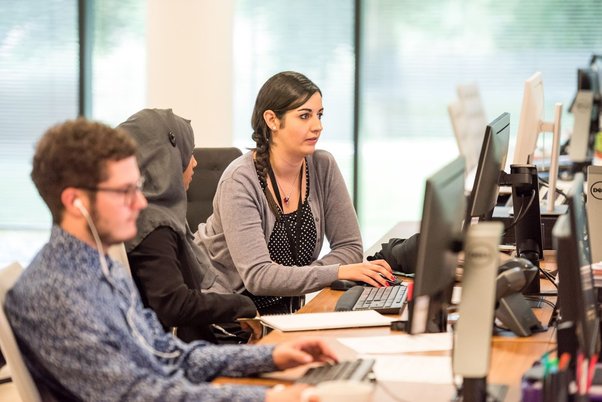Welcome to the world of programming! Python is an excellent language for beginners due to its readability and versatility. In this step-by-step guide, we will walk you through mastering the basics of Python programming.
II. Why Learn Python?
Python’s popularity is soaring, thanks to its applications in web development, data science, artificial intelligence, and more. Its simplicity makes it an ideal choice for beginners, offering a smooth entry into the world of programming.
III. Setting Up Your Python Environment
Let’s kick things off by setting up your Python environment. Whether you’re on Windows, macOS, or Linux, we’ll guide you through the installation process. Additionally, we’ll introduce popular code editors for Python development.
IV. Your First Python Program
Time to write your first Python program! We’ll start with the classic “Hello, World!” example, explaining the basic syntax and structure of Python code. You’ll also learn about Python’s interactive mode and how to execute scripts.
V. Variables and Data Types
In this section, we’ll delve into variables and data types. Learn how to assign values to variables and explore fundamental data types like integers, floats, and strings. Practical examples will illustrate variable usage and data type conversion.
VI. Control Flow: Making Decisions and Loops
Programming is all about making decisions and repeating tasks. We’ll introduce conditional statements (if, else, elif) for decision-making and cover loop structures (for and while) for efficient code execution. Real-world examples will bring these concepts to life.
VII. Functions and Modules
Functions are essential in Python. We’ll define what functions are, demonstrate how to create and call them, and introduce the concept of modules for code modularization. You’ll soon be organizing your code like a pro.
VIII. Lists and Dictionaries
Discover the power of lists for storing collections and dictionaries for key-value pair storage. We’ll guide you through manipulating lists and dictionaries with practical code examples.
IX. File Handling
Learn the basics of reading from and writing to files in Python. Practical examples will show you how to handle files, an essential skill for real-world programming tasks.
X. Introduction to Object-Oriented Programming (OOP)
Dive into the world of Object-Oriented Programming (OOP). We’ll provide a brief overview of key OOP concepts like classes, objects, and inheritance, using simple examples to illustrate their application in Python.
XI. Common Pitfalls and Best Practices
Avoid common mistakes that beginners often encounter in Python. We’ll share best practices for writing clean, efficient code, setting you on the path to becoming a proficient Python programmer.
XII. Resources for Further Learning
Ready to explore more? We’ve compiled a list of recommended books, tutorials, and online courses for Python beginners. Additionally, find links to relevant documentation and community forums for ongoing support.
Takeaway
Congratulations on completing this step-by-step guide to mastering the basics of Python! Summarize the key points covered and emphasize the importance of practice for skill development.

